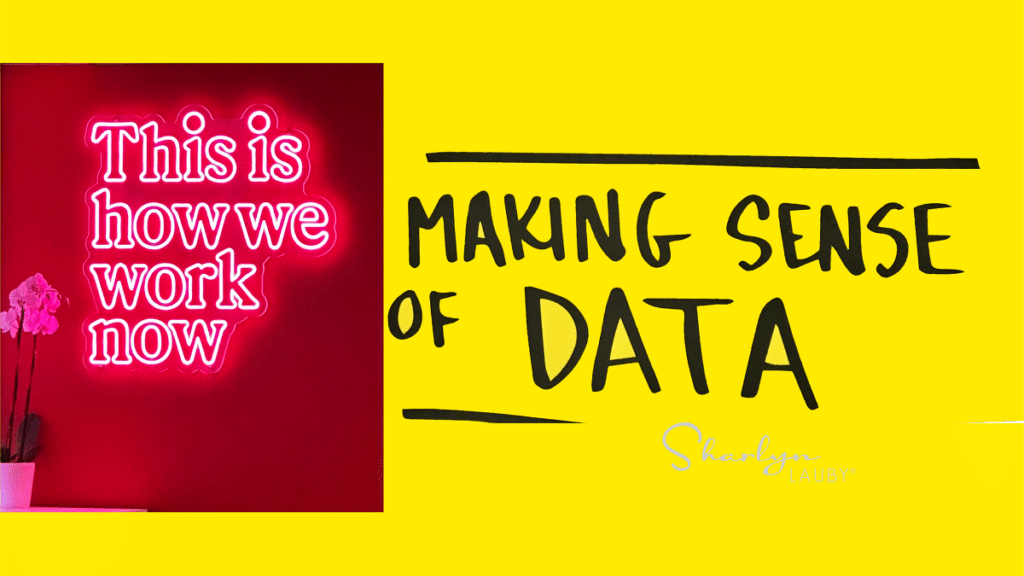How to Conduct a Job Analysis – HR Bartender
Estimated reading time: 4 minutes
A job analysis is a process that collects information about jobs. The outcome of a job analysis is two-fold.
JOB DESCRIPTION: A list of the activities attached to the job.
JOB SPECIFICATIONS: The knowledge, skills, and abilities (KSAs) needed to do those activities.
We know that job descriptions and job specifications are important and utilized in many ways. They help us manage the work, design jobs that people want, establish pay grades, monitor performance, and ultimately, hire the best employees.
Organizations focused on effectiveness and efficiency will want to know that their job descriptions and job specifications are up-to-date because it has an impact on the bottom-line. I recently saw an article in HR Brew talking about hiring for new roles but not knowing exactly what success would look like. One way to start thinking about designing new jobs is by conducting a job analysis.
I learned about job analysis working at an airline. I had just been hired and my boss called me before my first day to say the company had a high priority project they needed me to work on – hiring a director of in-flight services. She said, “Can you do that?” My reply was “Sure, but I have one question. What does a director of in-flight services do?” In case you’re wondering, the position is responsible for the flight attendant group and the services that happen in-flight. Makes sense now, but this is why job descriptions are important. So, if the organization hasn’t gone through the exercise, it might be time to use a job analysis to get things current.
There are three methods for gathering data in a job analysis. You can make this as detailed as you wish.
- Interview: This can happen in-person or via video call. The advantage of this method is that the interviewer (either HR or the hiring manager) can talk to someone, read their body language, and ask follow-up questions if necessary. The challenge is that it takes time and requires a skilled interviewer. Also remember, if you’re recording interviews, consult your legal team about proper authorizations.
- Observation: This is exactly what it sounds like. Someone observes and records the work. Like the interview option, it does require a skilled observer and it takes time. The plus side is that observation could uncover activities that someone fails to mention during an interview. Maybe they didn’t remember them or didn’t feel the task was important. The downside is that if people feel uncomfortable about being observed, will they start doing things that they don’t typically do which will impact the outcome.
- Survey: This is the least expensive option. Surveys can be done via pen/paper or electronically. They could also be anonymous if necessary. The biggest challenge with a survey is getting responses. Survey fatigue is a real thing. Organizations will want to be careful about overwhelming employees with surveys. Another downside of a survey can be the inability to do follow-up.
The idea behind gathering information about the job is to confirm that the work is getting done. This isn’t really the people (that’s a conversation for another day). A job analysis is about figuring out how the work is getting done in the organization and is it assigned to the right job title. Organizations can take the information and possibly shift some responsibilities for greater effectiveness and efficiency.
And in the case of a new role, the organization can ask themselves “What is the work we want the role to do?” As a general rule, organizations don’t create jobs with absolutely no idea of what they want that job to do. They might not have all the details worked out – and that’s where a job analysis can help. HR can look at related jobs data to align the new role with others.
A job analysis might seem like a big project – because it is. But it produces a valuable result that will help the organization perform at a high level.
P.S. There’s one more thing to keep in mind when we’re talking about job analysis and job descriptions. That’s maintenance. The last thing organizations want is for their job descriptions to get out of date. It creates a huge project. So, if the company goes through the exercise of doing job analysis, build ways to confirm that the job description is current into existing processes. Like review the job description during the manager intake meeting (aka recruiting strategy meeting) and review the job description with employees during performance reviews. That will keep the information current and decrease the need to have a massive job analysis project.
Image captured by Sharlyn Lauby at the HR Technology Conference in Las Vegas, NV
40